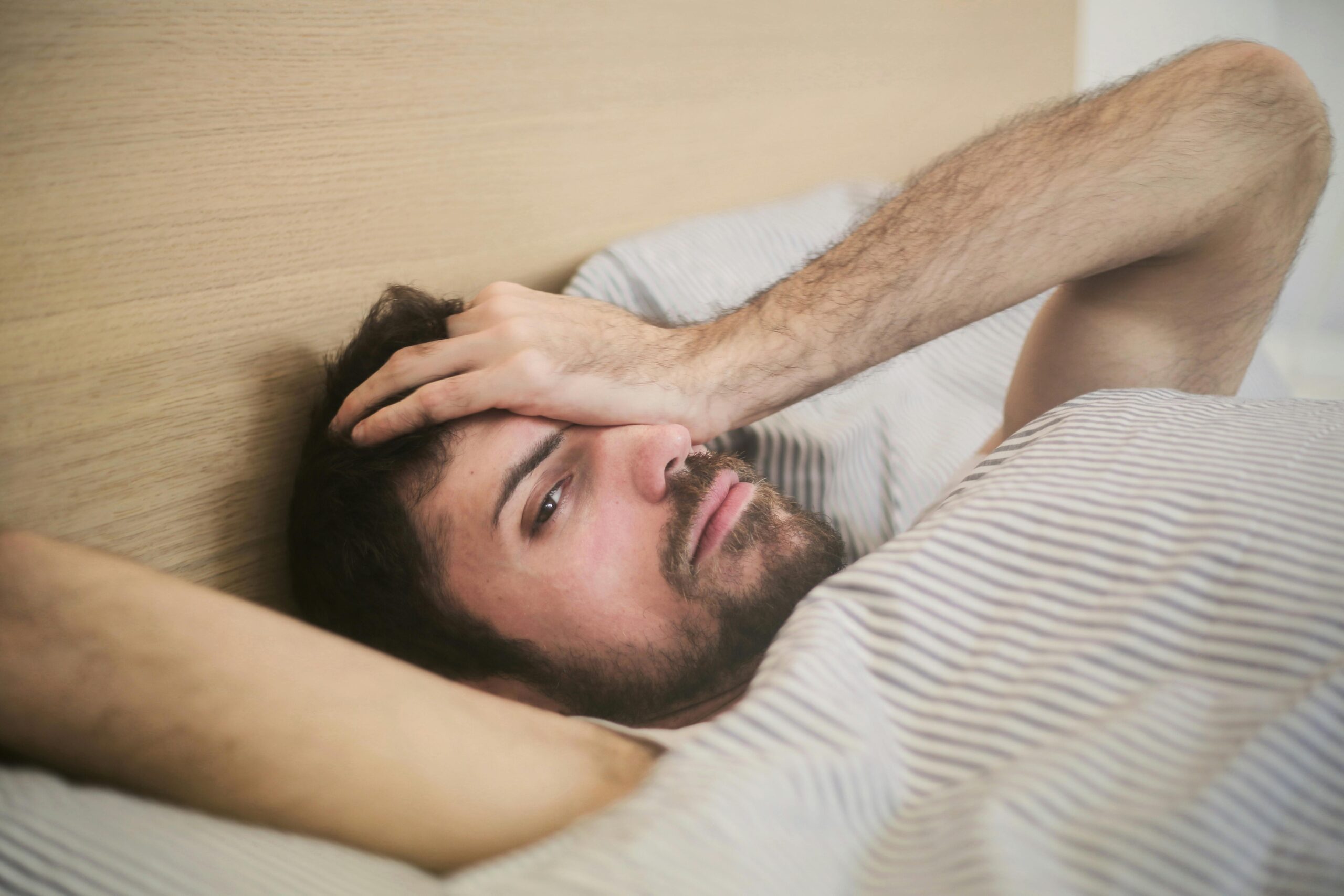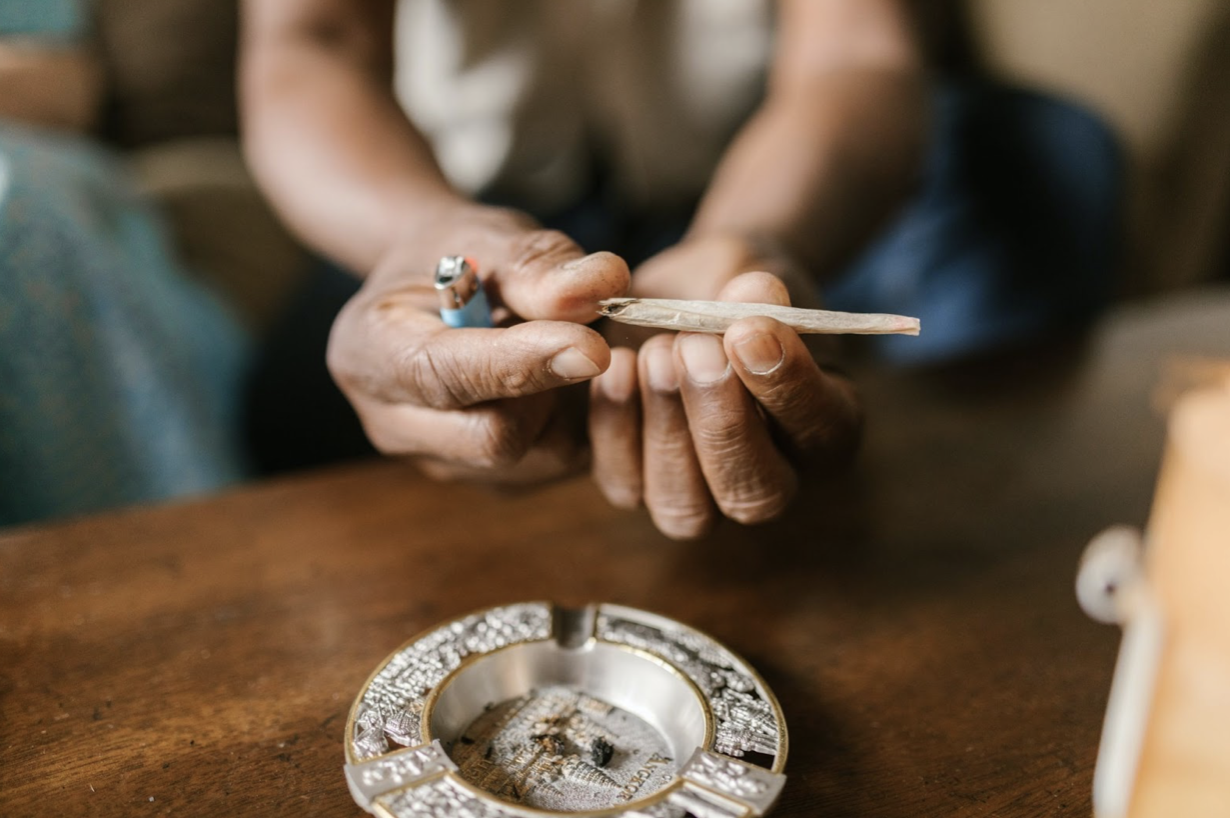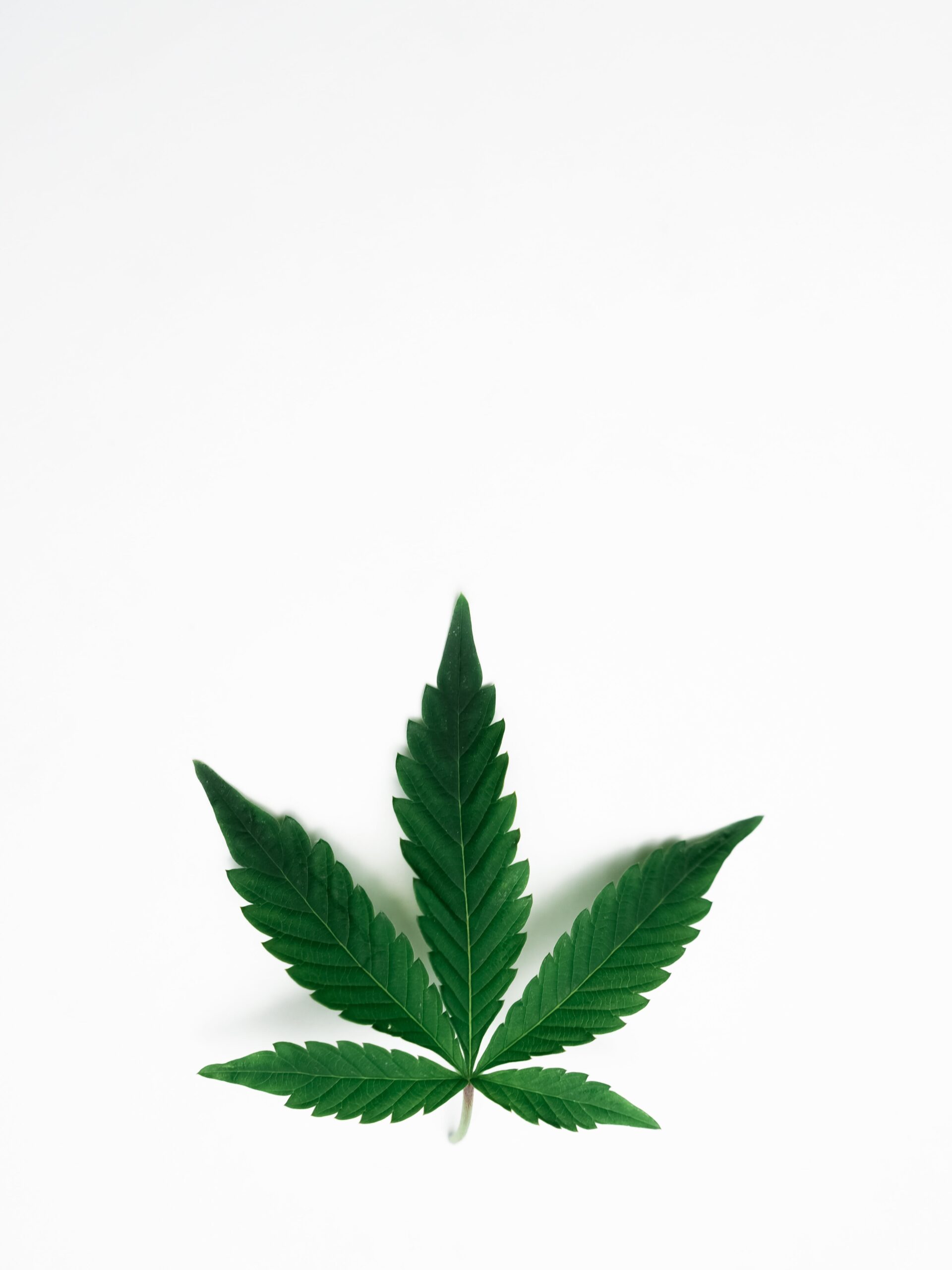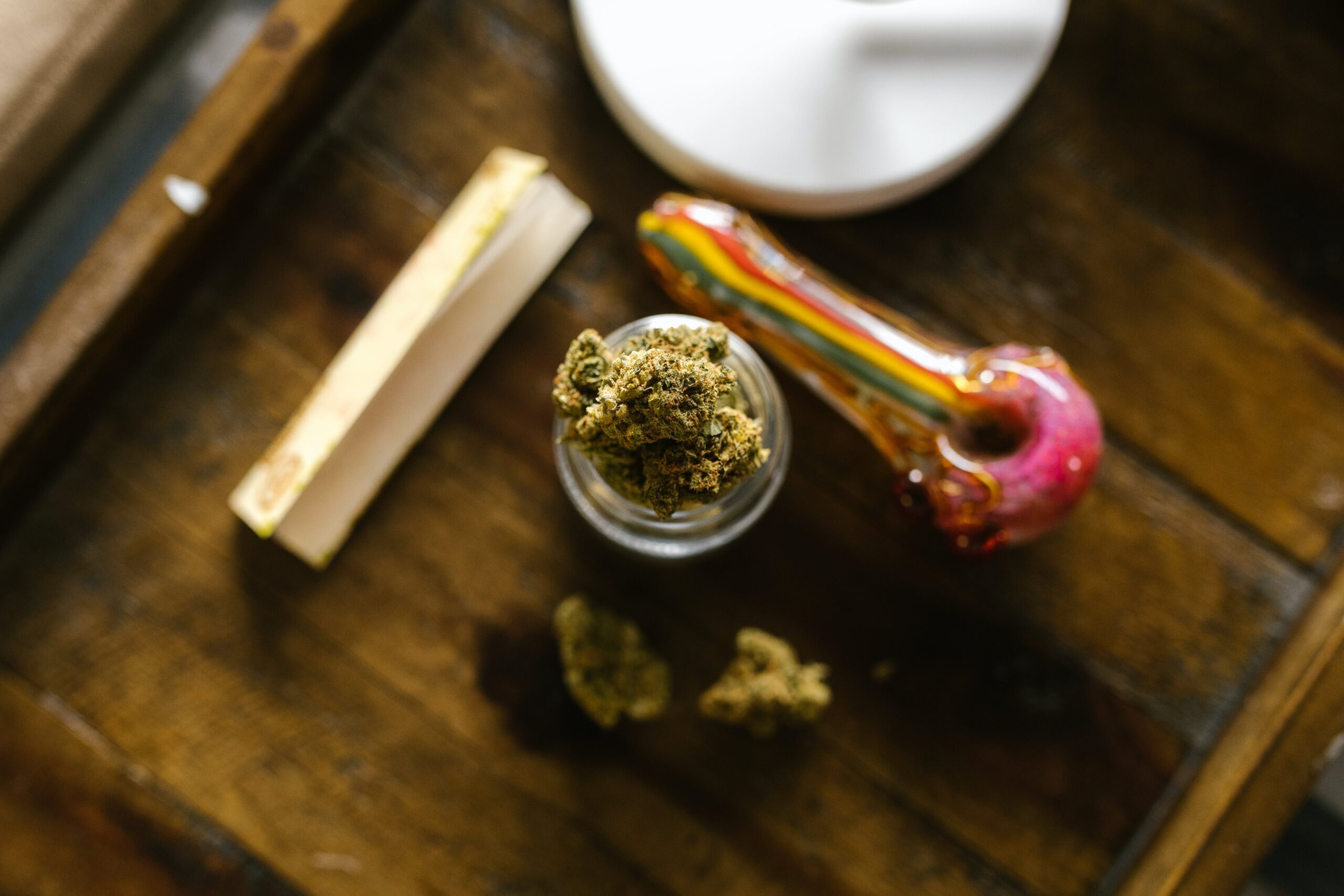Marijuana has traditionally been classified as a drug, although with somewhat more leniency than others. Despite being used recreationally by individuals seeking unique experiences, it has often been overshadowed by its negative connotations. Over the years, the focus has predominantly been on the adverse aspects of this remarkable plant. However, both marijuana and hemp possess a multitude of medicinal applications, with many ancient societies incorporating cannabis-based formulations to address numerous ailments and alleviate the suffering of those without viable remedies. In this discussion, we will explore 10 therapeutic applications of marijuana. New research increasingly highlights the benefits of marijuana. In countries where medicinal marijuana is now legal, cannabinoids are under extensive investigation as key components in the treatment of various illnesses. Remedial Treatment for AIDS and Cancer Patients. Patients grappling with these illnesses often contend with symptoms like nausea, pain, and loss of appetite, significantly complicating the recovery process. In cases of terminal illnesses, the overall quality of life for patients is substantially diminished. Hence, with a shared understanding between doctor and patient, cannabis can be employed to alleviate pain and address related issues, thereby facilitating a more manageable approach to these illnesses. For individuals in terminal stages, marijuana treatment is accessible in various locations, aiming to minimize pain and enhance the overall journey. Frequently, this treatment involves a combination with morphine, extending the duration of relief and delivering a more gratifying experience for the patient, reducing the need for frequent medication. Treatment for Pain-Relief That is Medication Resistant Certain patients endure intense pain that necessitates potent medications, which may eventually lose efficacy. In order to mitigate the need for continuous heavy medication and provide relief, doctors have the option to recommend a regimen where marijuana serves as the primary ingredient. This approach proves beneficial in addressing conditions such as fibromyalgia and multiple sclerosis, where marijuana contributes to calming the nervous and muscular systems. Additionally, it is effective in managing glaucoma by impacting the eyes—dilating capillaries and reducing ocular tension. It Reduces and Treats Migraines Migraines can transform into a nightmarish experience, resembling a persistent hammer striking the head, often accompanied by distressing ringing in the ears. Those grappling with chronic migraines commonly face challenges related to sensitivity to light, loud sounds, and nausea. Ongoing medicinal research is actively exploring the development of medications, currently in trial phases, incorporating marijuana as a primary component. These medications aim not only to ameliorate symptoms but also to decrease and proactively prevent the occurrence of migraines. It Can Help With Loss of Appetite and Nausea Various medical conditions, including psychological eating disorders, can lead to a loss of appetite or nausea. The utilization of marijuana in different forms has shown promise in stimulating appetite and managing nausea. This makes it an ideal option for treating patients grappling with such issues. May Help Prevent Alzheimer’s Disease Several years ago, Professor Raphael Mechoulam, based at the University of Hebrew in Jerusalem, uncovered a biochemical compound in marijuana during one of his studies. This compound has demonstrated the ability to inhibit neuron death, a prominent symptom associated with Alzheimer’s disease. Treating Illnesses Related to the Nervous System Many patients grappling with neurological disorders such as Parkinson’s disease have discovered distinctive relief through the use of marijuana. While ongoing research is underway, this form of treatment holds the potential for a significant positive impact on the quality of life for these patients. There is even hope that it could restore proper mobility to individuals affected by such conditions. Possible Treatment for Kids With ADHD and Emotional Problems Nowadays, numerous children are receiving diagnoses of ADHD, often leading to the prescription of potent medications that can leave them in a state of lethargy. Some parents have explored the use of certain cannabinoid medicines, demonstrating that, in the short term, the associated side effects are notably less severe. Antispasmodic Treatment Another therapeutic use for marijuana is helping with ailments such as muscle spasms, which occur when muscles in the body become tense or rigid, hindering proper muscular movement and, in some instances, speech. Individuals experiencing epilepsy encounter similar symptoms during seizures, and they are not alone—those with conditions like multiple sclerosis or damage to motor areas in the brain may also exhibit these symptoms. Patients that have tried alternative therapies with a cannabis base have gotten much better, reducing attacks and symptoms. Insomnia Treatment Individuals who have not experienced insomnia firsthand may not fully comprehend how troublesome it is and the profound impact it can have on the lives of those affected. Moderate marijuana consumption can assist in inducing sleep, sparing individuals from the distress of spending the entire night tossing and turning. Anxiety and Depression Marijuana serves as a natural tranquilizer without the typical side effects associated with medications used for similar purposes. It proves to be highly beneficial, rapidly alleviating symptoms compared to alternative medications. Additionally, it induces a sense of tiredness and relaxation, providing valuable assistance to individuals dealing with these issues and preventing them from falling into a detrimental cycle. Best Dispensary in Maryland Dispensary Works is a Southern Maryland marijuana dispensary committed to providing the best cannabis product to our patients and clients. Our highly trained staff is here to help you select the best cannabis for your particular needs. We are here to guide you as you uncover the world of marijuana. If you want to learn more about who we are and what we do, contact us today!
Grassroots/Select Pop Up December 30th
Grassroots/Select December 30th 3-5pm
Marijuana for Treating a Hangover
Imagine a scenario where a practically flawless, entirely natural remedy exists for hangovers. Surprisingly, cannabis emerges as a strong candidate for this role. As per insights from marijuana advocate Johnny Green, cannabis has the potential to alleviate hangover symptoms. Green has examined the effects of a typical hangover and compared them with those when cannabis was used. His findings show that marijuana may help alleviate the effects of a hangover and provide comfort to those who partake. With the widespread legalization of cannabis, one could view it as a lawful, completely natural remedy for hangovers, enhancing the overall quality of life. Marijuana Can Reduce The Hangover Effect Typical hangovers often result from dehydration; alcohol induces increased urine production, leading to a loss of fluids and classic hangover symptoms like dizziness, thirst, and confusion. Dehydration triggers an inflammatory response in the immune system, contributing to memory loss and loss of appetite. Alcohol also causes blood vessels to expand, resulting in the well-known alcohol headache. Furthermore, given marijuana’s reputation for elevating mood, even if you’re grappling with a severe hangover that won’t be resolved with just water and cannabis, you can still find solace at home. Relax, enjoy some comedic content on TV, light up a joint, and opt for a convenient meal delivery. The Best Method Against Headaches: Marijuana In addition to addressing the dehydration associated with hangovers, cannabis can alleviate all the other accompanying side effects. Therefore, hydrate yourself and incorporate marijuana into your recovery routine to purge your system of the negative effects of alcohol. Marijuana proves effective against neuro-inflammation, enhances appetite, and uplifts mood. Have you ever considered alleviating your hangover with cannabis? Its remarkable benefits might surprise you. The next time you find yourself grappling with the worst hangover imaginable (let’s face it, they’re always challenging), consider incorporating marijuana to expedite the recovery process! Treating a Hangover With Cannabis in Maryland Dispensary Works is a Southern Maryland marijuana dispensary committed to providing the best cannabis product to our patients and clients. Our highly trained staff is here to help you select the best cannabis for your particular needs. We are here to guide you as you uncover the world of marijuana. If you want to learn more about who we are and what we do, contact us today!
Can Cannabis Help Dementia?
For decades, cannabis has been used in the treatment of various ailments. While clinical research on cannabis as a remedy for dementia is limited, existing evidence suggests potential benefits for patients. Furthermore, clinical trials affirm the safety of cannabinoid-based treatments for individuals with dementia. Selecting the appropriate cannabis product for dementia poses a challenge due to the vast array of available varieties. However, referencing scientific literature on cannabinoids and terpenes suggests that products with medium-high CBD and medium-low THC concentrations could serve a purpose. Medical Research on Dementia and Cannabis Randomized clinical trials, while offering a high standard of evidence, are known for their regulatory constraints, time intensiveness, and resource demands. Consequently, researchers and medical professionals often turn to cohort studies and case reports to evaluate the efficacy of therapeutic interventions. A number of such studies highlight cannabinoids as potentially effective treatments for dementia. In 1997, a US-based group observed increased appetite and reduced disturbed behavior in Alzheimer’s patients treated with a THC-based medication, Dronabinol, for six weeks. Similar outcomes were later documented in two Alzheimer’s patients receiving a comparable dose for just 14 days. In 2014, a cohort of 40 patients with various dementia types exhibited reduced agitation and aggression, along with improved restfulness, following a higher dose of synthetic THC than used in standard clinical trials. By May 2019, a Geneva hospital found that a higher dose of oral cannabis extract containing THC and CBD was well-tolerated and significantly improved behavioral issues, muscle rigidity, and daily care in 10 female dementia patients. However, based on a recent scientific review examining the application of cannabinoids for dementia symptoms, these initial findings show promise. The research included individuals with various forms of dementia, potentially obscuring significant effects. Additionally, relatively low THC doses, combined with other medications, adds complexity to the challenge of reaching definitive conclusions. Using Cannabis For Dementia Choosing the appropriate cannabis variety can be a challenge in itself due to the vast amount of options available. With thousands of distinct cannabis strains, each possessing a unique chemical profile, the decision-making process becomes intricate. Since much of the clinical research involves cannabinoid-based medications instead of whole plant products, discovering the ideal fit may involve some trial and error. Many patients encounter frustration as they navigate the journey of identifying the right product, dosage, and managing potential side effects. Cannabis and Dementia in Maryland If you are searching for medical marijuana options, we are here to help. Dispensary Works is a Southern Maryland marijuana dispensary committed to providing the best cannabis product to our patients and clients. Our highly trained staff is here to help you select the best cannabis for your particular needs. We are here to guide you as you uncover the world of marijuana. If you want to learn more about who we are and what we do, contact us today!
Pop-Up Event With Grow West
Thursday, November 30th 3pm – 5pm
How to Put Out a Joint and Save it For Later
The joint stands as an iconic method for cannabis delivery, often the first thing that comes to mind when thinking about weed. Rolling and smoking a joint serves as an initial rite of passage for new smokers. However, when faced with the common situation of rolling a it too large for a single session, there’s no need to discard it. Instead, consider smoking half and saving the remainder for a later time! Extinguishing a joint for a later relight is a crucial skill for any cannabis enthusiast. Being too abrupt might irreparably damage the remaining joint, while being too cautious risks burning away valuable cannabinoids and terpenes. Striking the right balance is key to preserving the integrity of the joint while conserving its potent components for a another session. Can I Save a Joint if I Don’t Finish it? Certainly, you can preserve it for later use if put out properly, but be aware that its flavor may differ during the second lighting. When you ignite the joint, the ground cannabis reacts with oxygen under high heat, a process known as combustion, essential for activating and delivering cannabinoids. However, combustion also generates smoke byproducts, including polycyclic aromatic hydrocarbons (PAHs), which are small, malodorous gas particles. PAHs, common in various combustion processes from cigarettes to gasoline, are produced when smoking cannabis. The quantity of PAHs can vary depending on the consumption method. Dry herb vaping produces fewer PAHs than smoking a joint. These molecules are known to be carcinogenic and pro-inflammatory. Their smell, retained by the paper and residual herb, can influence the taste of the marijuana upon relighting. While PAHs have no known risks at low levels and are seen in other settings like grills and wood fires, their impact on joint taste should be considered. How to Put Out a Joint or a Blunt Without Destroying it When putting out a joint, the most important part is the cherry. Various approaches exist to safely put it out without compromising its integrity. The simplest technique involves suffocating the blunt by cutting off the air supply to the cherry. This works most effectively with a glass doob tube, though sand can also serve the purpose. It’s advisable to refrain from using plastic doob tubes, as the residual warmth from the joint can potentially melt the plastic. Other Ways to Distinguish a Joint to Save For Later The flavor of a joint (or blunt) is enhanced when it’s relit shortly after being put out. With proper extinguishing and storage, it’s possible to relight a dry joint that was put out several days ago. Best Medical Dispensary in Maryland Looking for more information about joints and proper handling? We are here to help! Dispensary Works is a Southern Maryland marijuana dispensary committed to providing the best cannabis product to our patients and clients. Our highly trained staff is here to help you select the best cannabis for your particular needs. We are here to guide you as you uncover the world of marijuana. If you want to learn more about who we are and what we do, contact us today!
Natures Heritage Pop-up November 22nd 1-3pm.
Natures Heritage Pop-up 11/22 from 1-3pm.
How Cannabis Affects Urinary Function
Confronting unplanned urinary incidents can be both upsetting and awkward. Research indicates that cannabis and its cannabinoid components can actually influence human urinary function. Recent findings highlight the large amount of receptors in the endocannabinoid system directly tied to both nervous system operations and the process of urination. Medically referred to as micturition, this term includes the intricate process of releasing urine from the bladder through the urethra, ultimately exiting the body—a phenomenon commonly known as urination or peeing. The impact of cannabis on micturition is complex, involving lots of different factors. It is widely known that each person reacts uniquely to cannabinoid-based therapy, and this individuality extends to the influence on urinary symptoms. Different personal testimonies regarding cannabis use have reported a spectrum of urinary effects, including scenarios such as the inability to urinate despite a strong urge, laughter-induced peeing, and individuals with multiple sclerosis discovering that their cannabis medication not only addresses their symptoms but also diminishes the frequency of bathroom visits. Does Cannabis Improve Bladder Control? Elements of the endocannabinoid system, such as cannabinoid receptor types 1 and 2, anandamide, and fatty acid amide hydrolase (FAAH), have been identified in the urothelium (the lining of the urinary system). These components have been observed in both motor and sensory neurons of the urinary tract across different animals and humans. Research reveals variations in the activation of receptors, their corresponding effects, and the specific models involved. Nonetheless, the overall evidence shows the active participation of endocannabinoid system components in regulating bladder. These effects seem to show up as a decrease in inflammation, sensory activity, and bladder contractility. These effects may lead to an extended period of bladder emptying with varying degrees of significance. While prolonged bladder emptying assisted by cannabinoids could potentially offer a solution for various urinary conditions. It also raises the concern that it might exacerbate situations where the bladder is already struggling to release urine. Cannabis May Help With Urinary Control Cannabis is a complex plant and there is still a lot of research that can be done. To summarize, cannabis is unlikely to increase urination unless an existing undiagnosed urinary condition is present. Such conditions may be exacerbated by laughter induced by cannabis. For individuals already facing challenges in urination, like an enlarged prostate causing obstruction or neurogenic factors, cannabis could potentially worsen these symptoms. However, for those dealing with an increased urge or mild incontinence, hope may be found in studies involving multiple sclerosis patients, suggesting the potential effectiveness of cannabinoid-based therapies in alleviating such symptoms. It’s important to note that there is insufficient clinical data to definitively outline how cannabis may impact individual urinary symptoms. Consult with a medical professional for personalized guidance. Best Marijuana Dispensary in Maryland Dispensary Works is a Southern Maryland marijuana dispensary committed to providing the best cannabis product to our patients and clients. Our highly trained staff is here to help you select the best cannabis for your particular needs. We are here to guide you as you uncover the world of marijuana. If you want to learn more about who we are and what we do, contact us today!
How Smoking Weed Can Impact Workouts
The idea of using weed to boost athletic performance sparks controversy. However, certain athletes and fitness enthusiasts argue that the pros outweigh the cons. Cannabis Helps With Relaxation Using weed might induce a sense of relaxation and reduce anxiety regarding exercise. This additional layer of mental relaxation could assist in overcoming mental obstacles, such as low confidence or performance anxiety, potentially aiding in workouts. Smoking Weed Affects Pain Relief Research indicates that the cannabinoids present in THC contribute to diminishing inflammation, a common source of pain. Post-workout cannabis consumption may aid in alleviating inflammation in fatigued muscles, thereby potentially lessening discomfort. Cannabis Causes Increased Appetites Athletes aiming to build muscle, such as boxers, wrestlers, and weightlifters, might consider cannabis as a valuable resource to assist in achieving significant weight gain objectives. THC has the potential to stimulate hunger by activating CB1 receptors in the brain, thereby aiding appetite regulation. It’s crucial to note the limited scientific or medical research available to fully understand how cannabis might enhance athletic performance. Regardless of whether you’re exercising at the gym or jogging on the track, it’s crucial to remain hydrated and prevent excessive strain while working out under the influence. Be mindful that cannabis consumption can impact coordination and reaction time, posing potential risks during certain exercises like weightlifting or high-intensity interval training. If contemplating integrating cannabis into your workout regimen, it’s advisable to seek advice from your doctor beforehand. Best Dispensary in Maryland Dispensary Works is a Southern Maryland marijuana dispensary committed to providing the best cannabis product to our patients and clients. Our highly trained staff is here to help you select the best cannabis for your particular needs. We are here to guide you as you uncover the world of marijuana. If you want to learn more about who we are and what we do, contact us today!
How to Rehydrate Cannabis
If you find your marijuana buds too dry upon opening the container, there’s no need to worry. Rehydrating cannabis is a simple process that anyone can do, requiring no significant technical expertise. Numerous methods exist to rehydrate marijuana, all involving exposing dry buds to moisture. As the cannabis absorbs moisture, it gradually regains its soft and flexible consistency. To discover the most effective rehydration method, consider experimenting with the following approaches. The Fruit Peel Method to Rehydrate Cannabis The fruit peel technique not only boosts moisture levels in marijuana but also enriches its fragrance. However, when attempting to rehydrate extremely dried buds, this method may not be the most suitable. It’s designed for short-term revitalization or for adding moisture to cannabis just beginning to dry out. Using it for long-term hydration can promote mold growth, so caution is advised. Citrus peels or orange peels are ideal, though bananas can also work. The quantity of peel required depends on the amount of dry cannabis being rehydrated. Simply peel the fruit and position the peel atop the marijuana in an airtight ziplock or sandwich bag. Check the buds after two to three hours. If the cannabis remains too dry even after the peel has dried out, replace it with a fresh one. Repeat this process until the marijuana achieves the desired level of rehydration. Rehydrate Cannabis With the Bread Method In the absence of fruit, bread can serve as an alternative for rehydrating marijuana. Dampen a piece of bread by lightly spraying or splashing it with water, ensuring it doesn’t become too soaked. Subsequently, place both the dampened bread and the dry marijuana in an airtight container for one to two hours to allow the moisture to distribute evenly. After this period, open the container and assess the cannabis to determine if it has reached the desired level of rehydration. If not, repeat the process as necessary. The Lettuce Method Helps Rehydrate Cannabis Lettuce is an effective option for rehydrating cannabis due to its high water content of around 95%. Similar to the fruit peel technique, this method involves placing a lettuce leaf over the marijuana in an airtight bag. It’s recommended to use lettuce leaves that perfectly fit within the bag and moisten them with water. Typically, this process doesn’t require repetition because the lettuce usually contains enough moisture to rehydrate the cannabis within two to three hours. The lettuce method serves as a swift means to add moisture to your marijuana without introducing a new aroma to the buds. The Distilled Water and a Container Method Another efficient method for rehydrating marijuana buds involves using distilled water and a container to fashion a makeshift marijuana humidor. Place a cannabis packet in a jar or plastic container with an unsealed lid. Subsequently, dampen a paper towel with distilled water to approximately 75% moisture without it becoming dripping wet. It’s important to avoid excess moisture, as it can encourage mold growth. This is also why spraying dry buds directly with water is not recommended. Insert the damp paper towel into the container alongside the packet of dried marijuana and seal it with the lid. Allow two to three hours to pass before opening the container. The Hot Water Pot Method For a rapid rehydration of dry marijuana within minutes instead of hours, consider the hot water pot method. This technique is effective but demands careful attention as it can quickly lead to overhydration. Use it sparingly and monitor the marijuana closely during the process. Begin by boiling water in a sizable pot. Remove the pot from the heat and cover it with a washcloth, securing the cloth tightly around the rim for a snug seal. Place the marijuana on top of the cloth, allowing the rising water vapor to moisten it. To ensure even rehydration, rotate the buds every few minutes. Typically, after 35 to 40 minutes, your cannabis should be adequately revitalized and ready to enjoy. Rehydrating Cannabis in Maryland Knowing how to moisten dry marijuana can make a big difference in any user’s experience with cannabis. All it takes is just a little extra time and effort. Dispensary Works is here to help. Our highly trained staff is here to help you select the best cannabis for your particular needs. We are here to guide you as you uncover the world of marijuana. If you want to learn more about who we are and what we do, contact us today!











